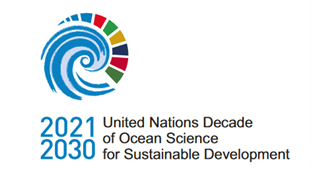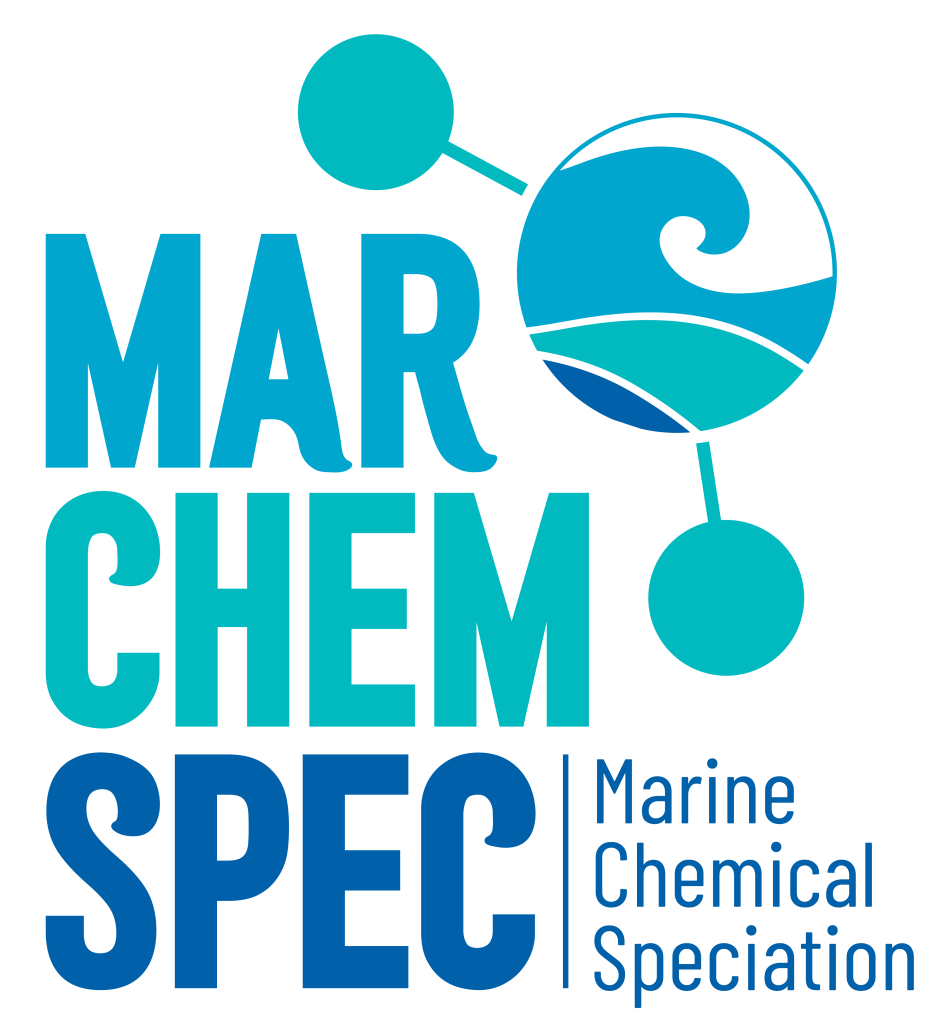Capacity Building in Physical Chemistry for Oceanography
New survey highlights emerging skills gaps in the physical chemistry of natural waters
Earlier this year we conducted an online survey and consultation with the ocean science community to assess what we perceive as emerging skills gaps in basic physical chemistry training and expertise in several areas of chemical oceanography, especially (but not exclusively) including the ocean carbonate system. In the survey, we asked for this information:
- Expertise, applications, and professional roles
- Opinions concerning skills gaps in physical chemistry for different areas of oceanography and needs for capacity building
We received well over 100 responses, with very many insightful observations and answers to our questions. We note a few highlights below, and invite you to read the Survey Report describing the skills gap survey results and associated community feedback on recommended paths forward. The great majority of respondents expressed their opinions as to the nature of the skills gaps, sometimes at length, and we believe the report provides important insights into the current state of chemical oceanography, its gaps and blind spots, and novel ideas for moving forward.
Survey feedback highlights:
- Participation was representative across career stages (almost evenly split among PhD/postdoc, mid-career, and late career).
- Top participant research areas: Ocean carbonate system, including marine carbon dioxide removal (mCDR); laboratory measurements and instrumentation; trace metals; chemical oceanography/aqueous geochemistry; chemical sensors; standards and reference materials.
- Geographical spread of respondents: 42% North America; 32% Europe; 11.6% Far East (including Australia and New Zealand); 6.7% Central and South America; 8% rest of the world.
Responses across all career stages cited a lack of appropriate training (both undergraduate and PhD level), leading to inadequate research skills, with many specific examples given. There was universal support for a workshop to discuss the issues and to recommend next steps.
Join us for a virtual community discussion at OA Week in November
To follow up on this survey, we are convening an online community discussion on Tuesday 19 November at 1600-1730 GMT/1100-1230 ET as part of the Global Ocean Acidification Observing Network (GOA-ON) Ocean Acidification (OA) Week 2024. The purpose of this discussion will be to decide next steps for a community activity (most likely a Workshop) including its focus, content, participants, and outcomes to help address the emerging skills gap identified in the survey. Please register here. We encourage you to attend even if your professional interest is not ocean acidification, as this discussion and its applications are much broader than OA.
We look forward to meeting you in the discussion session. It will be important both as a source of new ideas, priorities, and the consensus that we need to convince others – funding organisations, for example – that we have an issue that is essential to address.
If you would like further information, or you represent an organisation that would like to participate in this effort, please get in touch with either Heather Benway (hbenway@whoi.edu) or Simon Clegg (s.clegg@uea.ac.uk).



